Understanding Software Development Models: A Comprehensive Guide
Author: Sailusha G Posted On: May 20, 2024
In the realm of software development, the software development models - the process of transforming an idea into a functional and efficient application requires meticulous planning, organization, and execution. Software development models serve as roadmaps that guide teams through this intricate journey, providing structure, clarity, and efficiency to the development process.
From the traditional Waterfall model to the modern Agile methodologies, each software development model approach has its unique characteristics, advantages, and limitations. In this comprehensive guide, Let's explore a variety of software development models, examining their distinctive characteristics, advantages, and optimal applications.
Waterfall Model:
The Waterfall model is one of the oldest and most straight-forward software development methodologies. It follows a linear and sequential approach, where each phase must be completed before moving on to the next.

The phases typically include requirements gathering → design → implementation → testing → deployment → maintenance. While the Waterfall model offers clarity and structure, its rigidity can be a drawback, especially when requirements change or evolve throughout the project lifecycle.
Use Cases:
Small or mid-sized projects with clearly defined requirements which might not change in near future.
Government projects where there is a need for control, budget and timelines.
Health Projects where they adhere to multiple rules & regulations
Iterative Model:
Unlike the Waterfall model, the Iterative model emphasizes repetition and flexibility. It breaks down the development process into smaller cycles or iterations, with each iteration delivering a working product incrementally. This approach allows for early feedback, enabling teams to incorporate changes and improvements iteratively. The Iterative model is well-suited for projects with evolving requirements or where rapid prototyping is necessary.
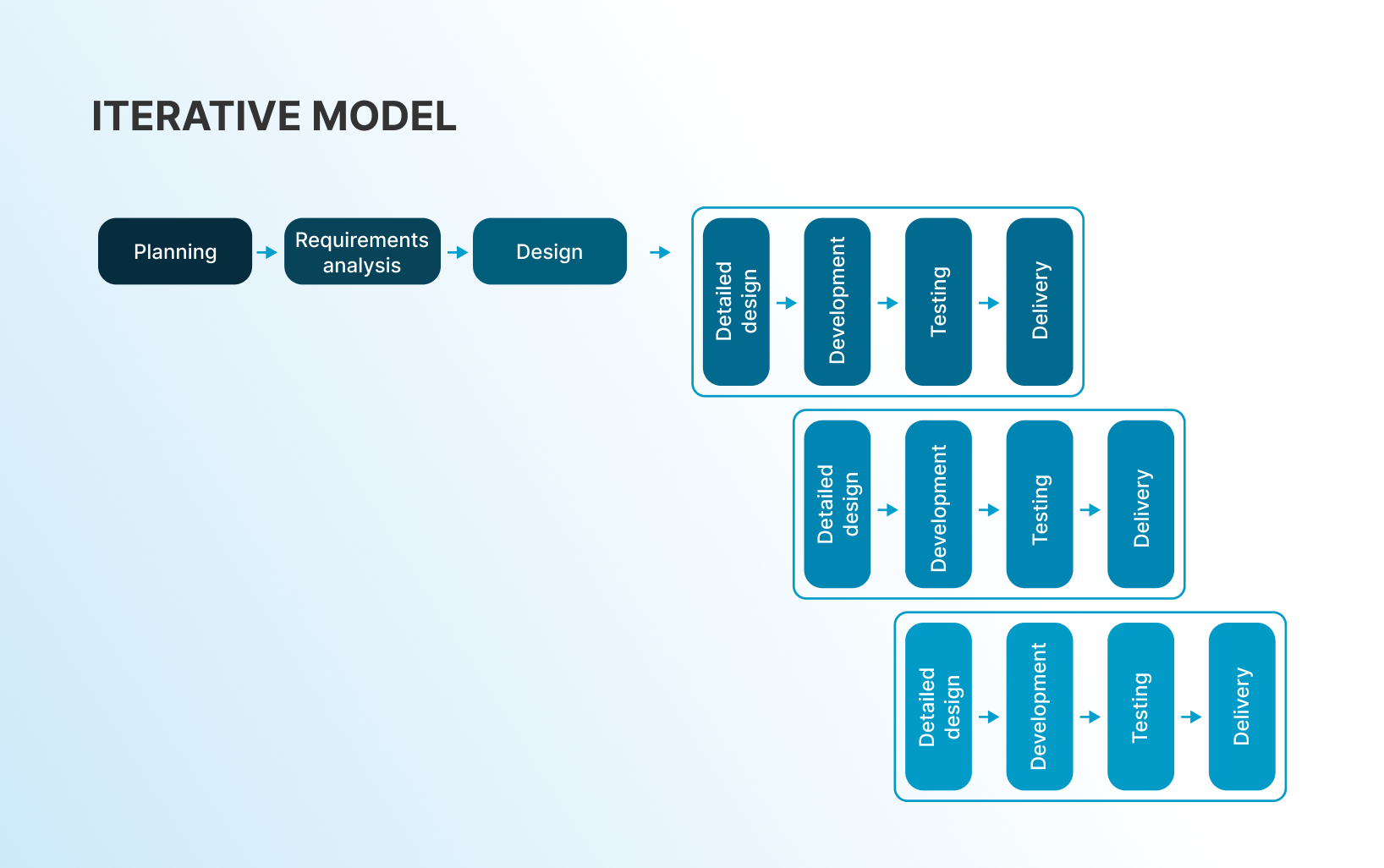
Use Cases:
Large-scale enterprise applications that are mission-critical, ideally comprising loosely interconnected components like microservices or web services.
Incremental Model:
The Incremental model builds upon the principles of the Iterative model but focuses on delivering complete, usable modules or increments at the end of each iteration. Each increment adds new functionality to the existing system, gradually enhancing its capabilities. This model is particularly beneficial for large-scale projects, as it allows for better management of resources and reduces the risk associated with complex software development.
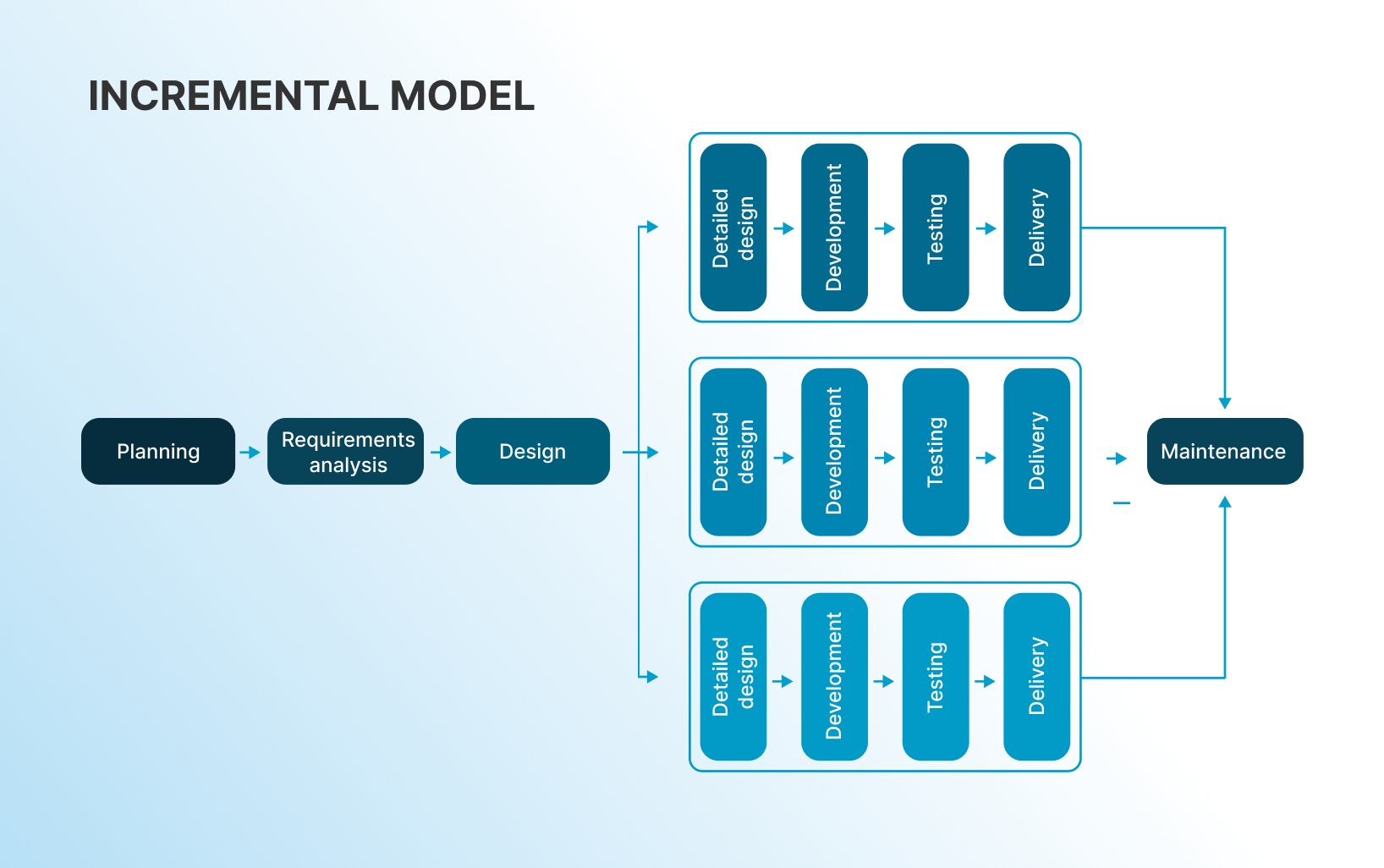
Use Cases:
Use Cases are similar to Iterative Model
Rup Model:
Rational Unified Process (RUP) is a comprehensive software development methodology created by Rational Software, which is now part of IBM. RUP provides a disciplined approach to assigning tasks and responsibilities within a development organization and effectively managing the development process. It is an iterative and incremental framework that emphasizes the importance of iterative development, architecture-centric approach, and rigorous project management.
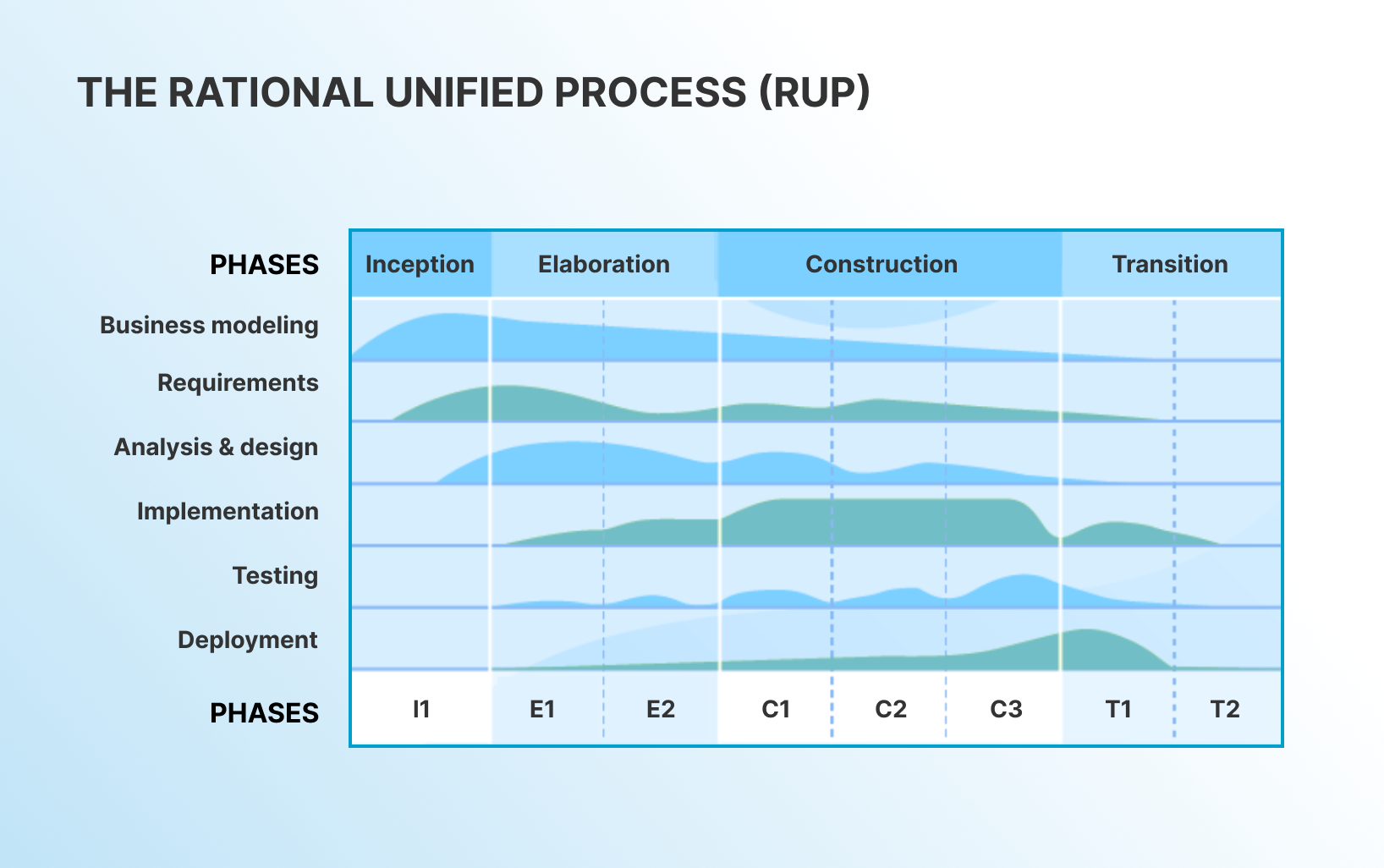
Use Cases:
Large and high-risk projects often rely on use-case based development methodologies to facilitate the rapid development of high-quality software.
V-Model (Verification and Validation Model):
The V-Software Development Model is an extension of the traditional Waterfall model, emphasizing the importance of testing and validation throughout the development lifecycle. It aligns testing activities with each phase of the development process, ensuring that requirements are verified and validated at every stage. By integrating testing early into the development process, the V-Model helps identify and address defects sooner, reducing the cost and effort of fixing them later.
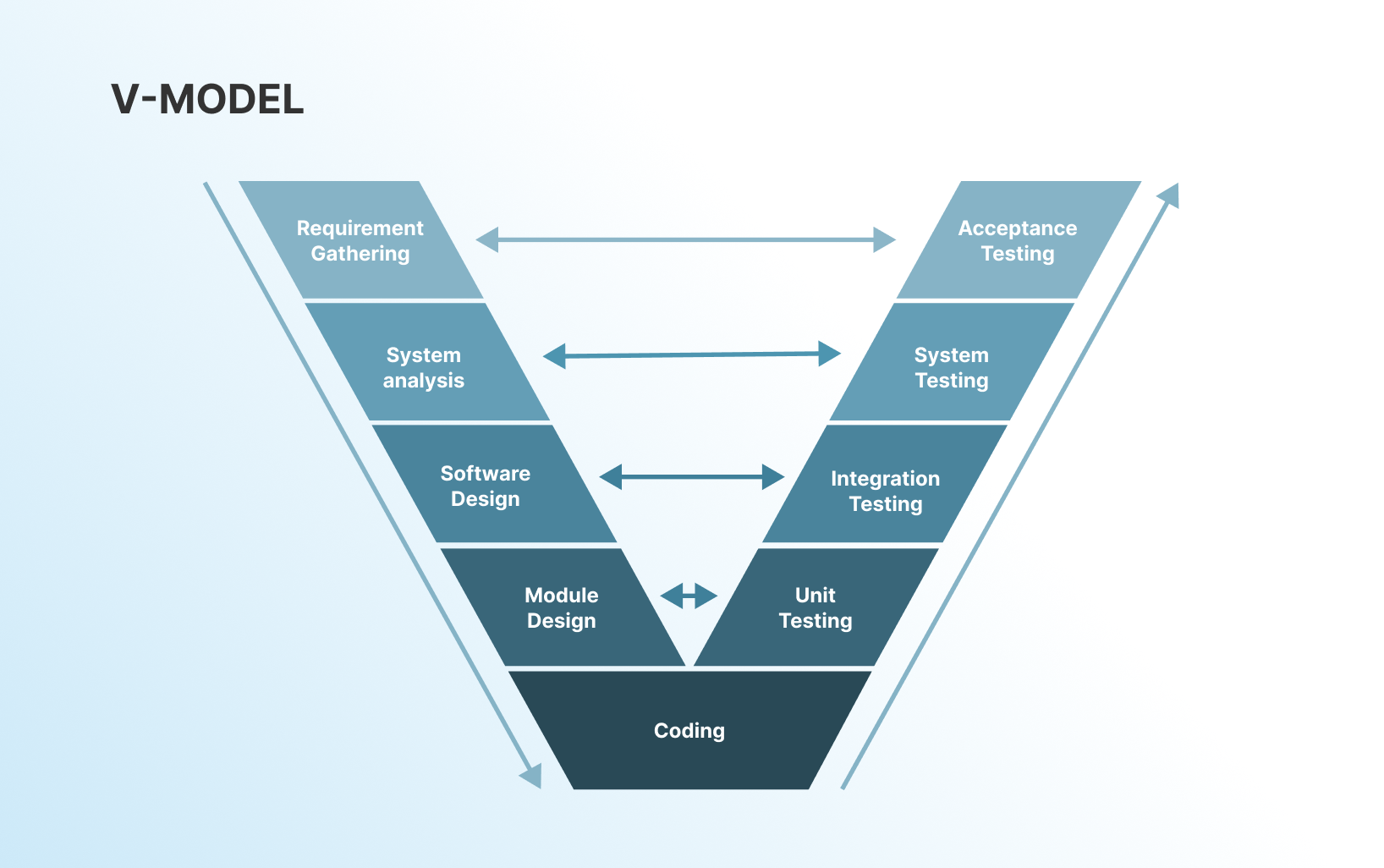
Use Cases:
Projects where failures and downtimes are unacceptable
Spiral Model:
The Spiral model combines elements of both the Waterfall model and iterative development. It emphasizes risk management by incorporating iterative cycles of prototyping, development, and evaluation. Each iteration in the Spiral model represents a "spiral" in which the project evolves through multiple stages, with risk analysis conducted at each phase. This iterative and risk-driven approach is well-suited for projects with high uncertainty or evolving requirements.
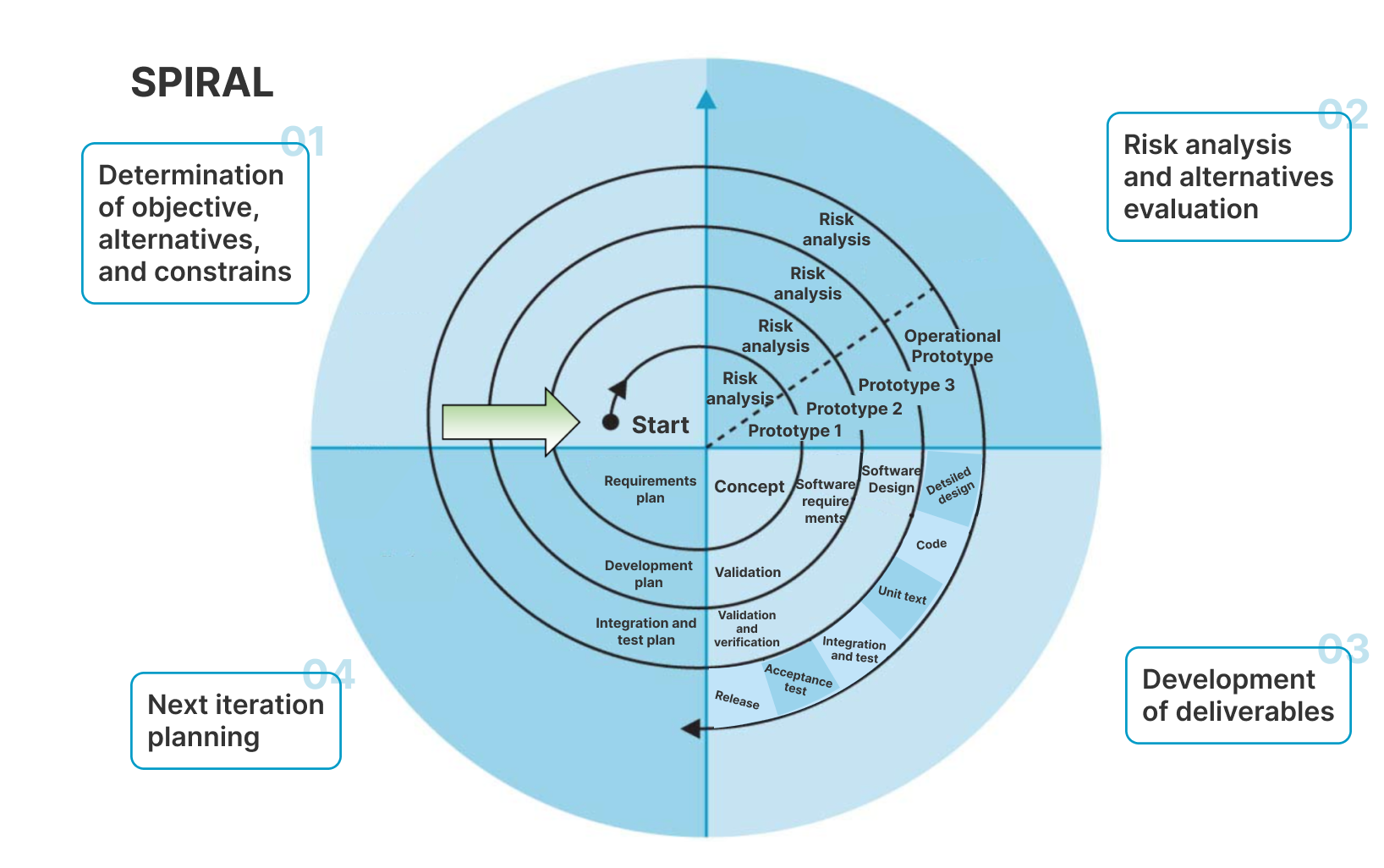
Use Cases:
Projects characterized by unclear business needs or ambitious/inventive requirements.
Large and complex projects.
Research and Development (R&D) initiatives or the introduction of new services or products.
Agile Methodologies:
Agile methodologies, including Scrum, Kanban, and Extreme Programming (XP), have gained widespread popularity in recent years for their adaptive and collaborative approach to software development. Agile methodologies prioritize individuals and interactions over processes and tools, focusing on delivering working software iteratively and incrementally. These methodologies emphasize close collaboration between cross-functional teams, frequent customer feedback, and continuous improvement.

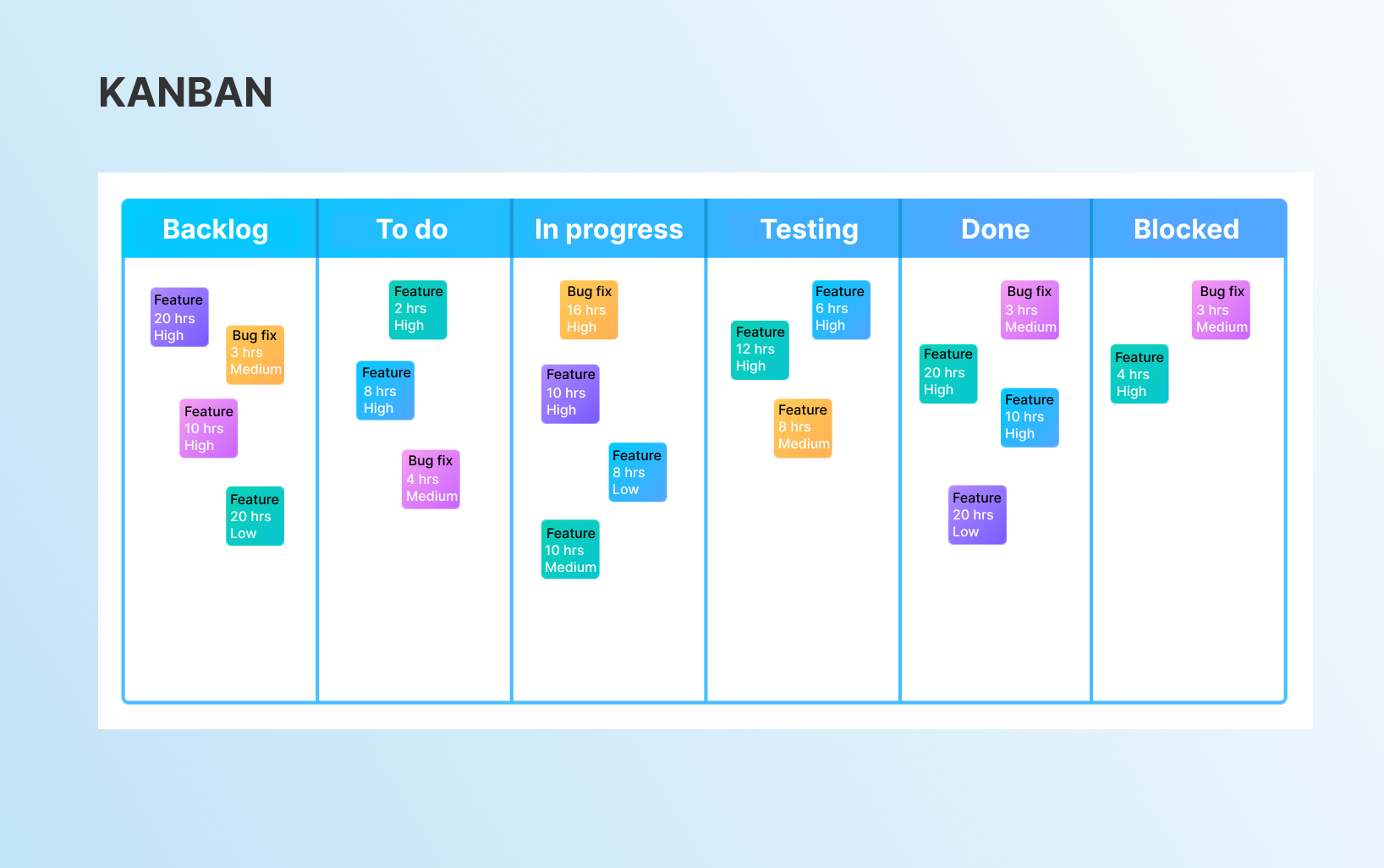
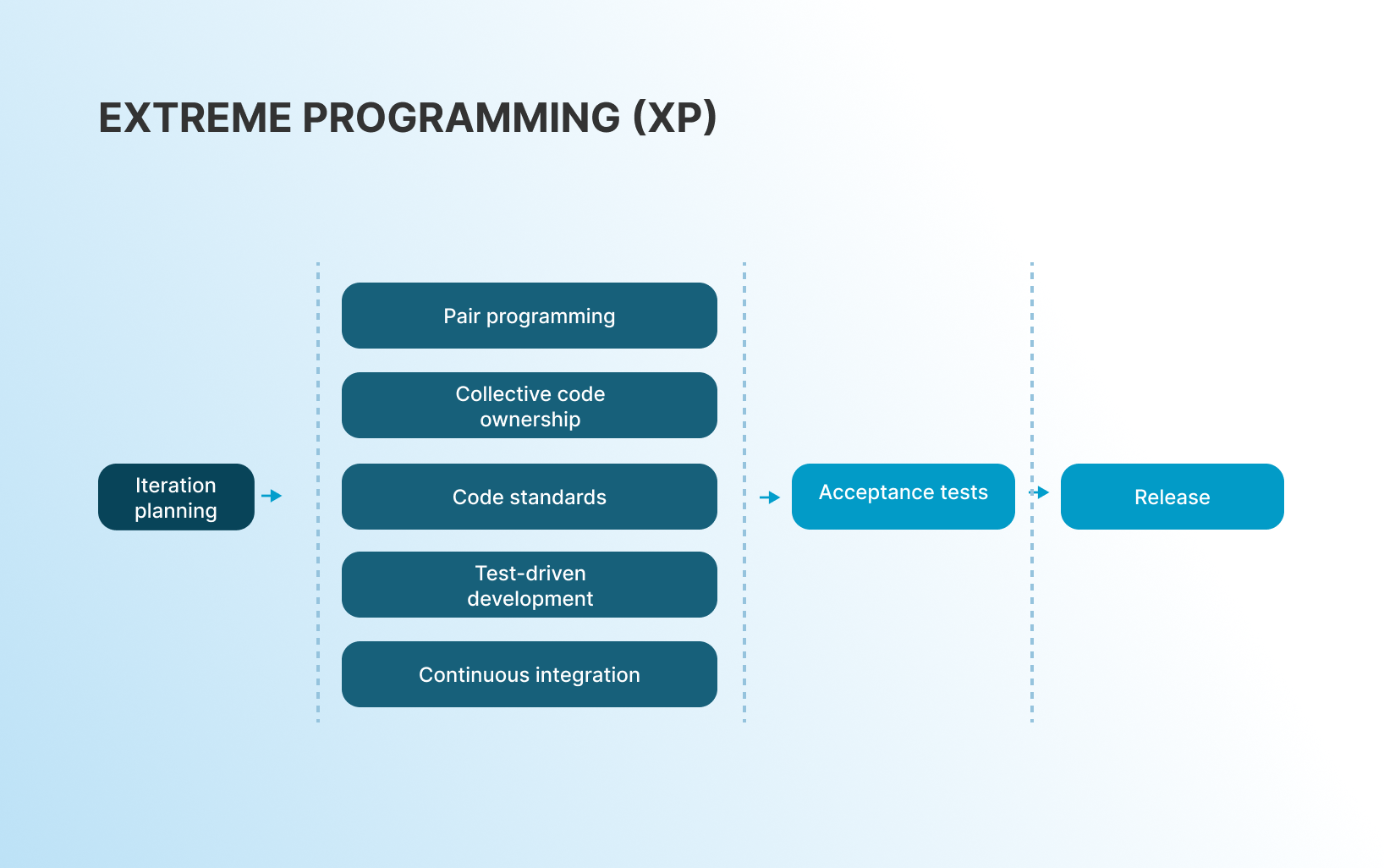
Use Cases:
Projects where requirements are likely to evolve or change frequently due to rapidly shifting market demands or user feedback.
Projects in dynamic environments where traditional long-term planning may be impractical
Startups or small businesses looking to quickly develop
DevOps:
DevOps is not just a development model but a cultural shift that emphasizes collaboration, communication, and automation between software development and IT operations teams. DevOps aims to streamline the entire software delivery process, from code development to deployment and maintenance. By breaking down silos between development and operations, DevOps enables faster delivery of high-quality software, improved efficiency, and greater reliability.
Use Cases:
Cross-functional teams working on feature development, bug fixes, and performance optimization, resulting in faster time-to-market and improved product quality.
Large scale deployments like E-commerce and Retail
Hybrid Models:
In practice, many organizations adopt hybrid approaches that combine elements of different software development models to suit their specific needs and project requirements. For example, a team might use a combination of Agile and Waterfall methodologies, known as "Agile-Waterfall," to leverage the flexibility of Agile while maintaining the structure of Waterfall for certain project phases.
Use Cases:
Custom Software Development
Legacy System Modernization
In conclusion, software development models play a crucial role in guiding teams through the complex process of building software applications. Whether it's the linear approach of the Waterfall model, the iterative nature of Agile methodologies, or the risk-driven Spiral model, each approach offers unique benefits and challenges. By understanding the characteristics and best practices of various software development models, teams can choose the most suitable approach for their projects, ultimately leading to successful outcomes and satisfied stakeholders.
For more information and service oriented queries, feel free to get in touch with us right away.
Recent Articles



